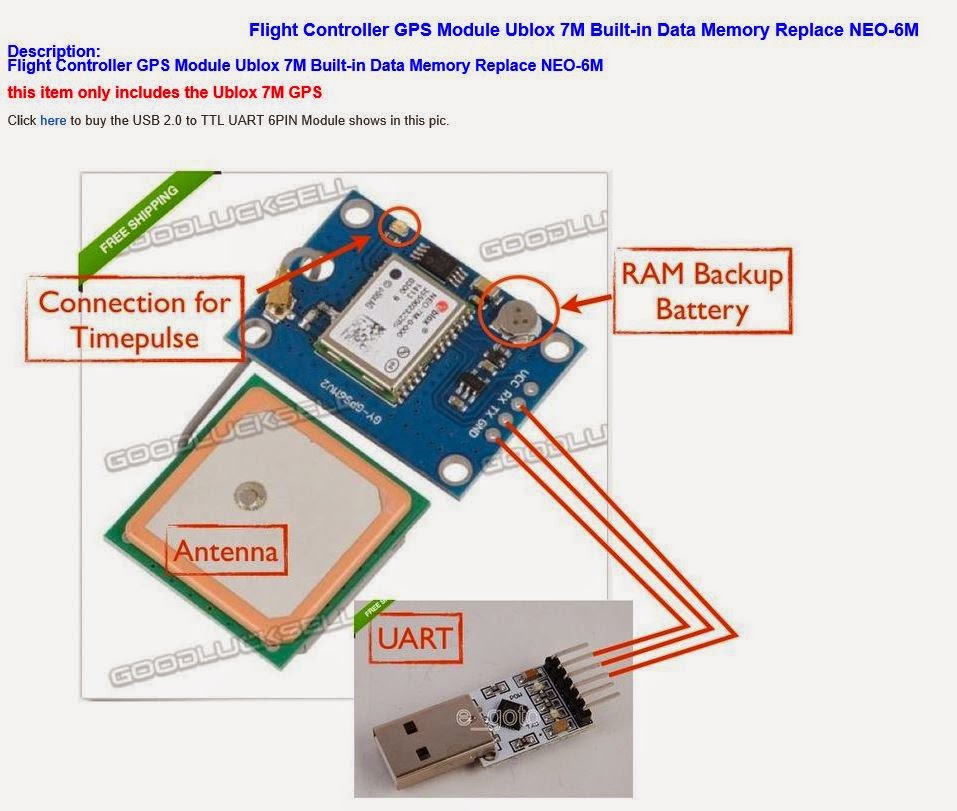Digital Video Processing with HD CCTV: Noise reduction

Digital Video Processing with HD CCTV: Noise reduction In this post I examine some of the sophisticated technology used in digital high definition CCTV cameras, including a the powerful underlying SOC electronics, and the similarities with audio noise reduction in audio, as used in amateur radio. Noise reduction in HD CCTV I read very widely and like to see or create connections between apparently disparate ideas and technologies. From an earlier post on working with a Pentax lens I have, I read about the image processing abilities of some Pentax lenses. Pentax/Richo have an award-winning image processing system, PENTAX Atmospheric Interference Reduction (PAIR). http://www.ricoh.com/fa_security/security/pair/ The results are amazing: From a first reading, the processing seems to be done in the lens itself, something that had me mystified as to how such spectacular results are possible with just optics. However, on closer reading, th...






